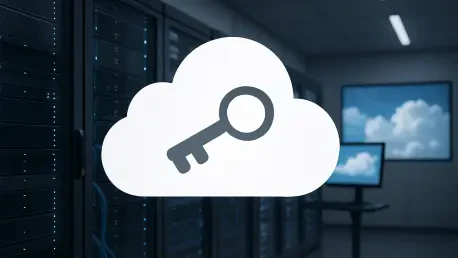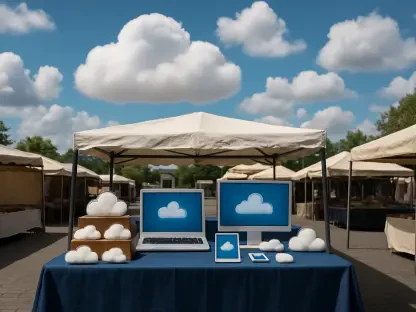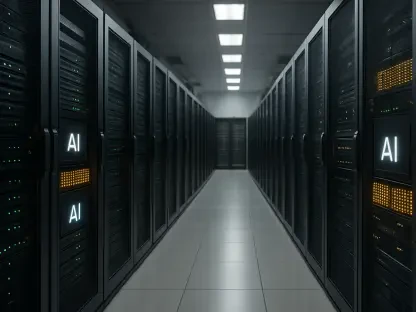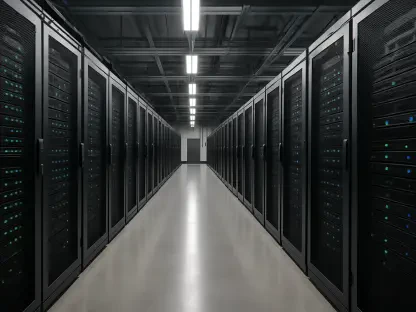In an era where digital transformation dictates the pace of business operations, a major player in virtualization and networking solutions has unveiled a game-changing strategy that could redefine how licensing is managed across industries. Citrix, a prominent name in the tech landscape, has declared its intention to transition from a traditional file-based licensing model to a modern cloud-based License Activation Service (LAS) by April 2026. This shift, announced in a detailed blog post on September 8, is poised to address long-standing inefficiencies and enhance user experience. With the potential for significant operational improvements, this move also comes with a stark warning: products under the legacy system risk losing functionality after the deadline. As companies worldwide grapple with the complexities of digital infrastructure, this development signals a broader push toward automation and cloud-centric solutions, sparking curiosity about its implications for end-users and partners alike.
Modernizing Licensing for a Digital Age
Addressing Legacy System Challenges
The current file-based licensing system employed by Citrix has long been a source of frustration for many users, primarily due to its reliance on manual processes that often lead to operational bottlenecks. Managing license files tied to customer-hosted servers or NetScaler consoles requires constant oversight, with tasks like renewals and file updates creating unnecessary burdens. According to Jose Augustin, Senior Director of Product Management at Citrix, thousands of support cases are logged each quarter due to issues like outages and manual errors. The upcoming cloud-based LAS aims to eliminate these pain points by automating license management, ensuring entitlements update seamlessly upon contract renewal. This transition promises to reduce the operational overhead that has plagued businesses, allowing IT teams to focus on strategic initiatives rather than routine troubleshooting. By moving to a cloud infrastructure, the system also seeks to enhance resilience, removing the risk of license servers acting as single points of failure and ensuring uninterrupted access to critical services.
Streamlining Operations with Automation
Beyond resolving manual inefficiencies, the shift to the License Activation Service represents a fundamental rethinking of how licensing can support business agility in a fast-paced digital environment. Set to fully take effect by April 2026, this new framework will impact key products such as Citrix Virtual Apps and Desktops, Citrix Provisioning (PVS), NetScaler, XenServer, and Unicorn Scout, all of which will no longer recognize legacy file-based licenses after the deadline. Early adopters of LAS, particularly with Citrix Virtual Apps and Desktops since late last year, have reported positive experiences, with hundreds of customers and partners praising the simplified management and reduced downtime. The automation of licensing processes under LAS ensures that businesses can maintain continuity without the constant need for manual intervention. This change is not just about keeping systems operational but about enabling organizations to scale efficiently, aligning with modern expectations for seamless, technology-driven workflows in an increasingly cloud-dependent world.
Impacts and Future Outlook
Product Functionality and Transition Urgency
As the deadline of April 2026 approaches, the implications of Citrix’s licensing overhaul become increasingly critical for businesses relying on its suite of solutions. Products like Citrix Virtual Apps and Desktops and NetScaler, integral to many enterprise environments, face a potential loss of functionality if they remain tied to the legacy file-based system beyond the cutoff date. While specific details on the extent of this impact are yet to be clarified, the message is clear: adaptation to the cloud-based LAS is non-negotiable for maintaining service continuity. Citrix has proactively begun supporting LAS for select products, laying the groundwork for a smoother transition. However, the onus falls on customers to collaborate with partners to migrate in time, avoiding disruptions that could affect mission-critical operations. This urgency underscores the need for strategic planning, as organizations must assess their current setups and prioritize updates to align with the new licensing paradigm before the deadline looms.
Driving Innovation Through Data Insights
Another dimension of this licensing shift lies in the strategic use of data to shape future developments at Citrix, highlighting a forward-thinking approach to product evolution. The cloud-based LAS introduces an “always-on” telemetry system that collects anonymous, aggregated usage data from customers. This information is expected to play a pivotal role in informing research and development efforts, enabling Citrix to make targeted investments in features that directly address user needs. By leveraging these insights, the company aims to build higher-quality solutions that tackle real-world challenges faced by its clientele. This data-driven strategy not only enhances product offerings but also positions Citrix as a leader in customer-centric innovation within the virtualization and networking space. As the industry continues to embrace cloud solutions, such initiatives reflect a broader commitment to scalability and responsiveness, ensuring that technological advancements are closely aligned with evolving market demands.
Reflecting on Industry-Wide Trends
Looking back, Citrix’s decision to pivot to a cloud-based licensing model by April 2026 mirrors a significant trend that has been gaining momentum across the technology sector. This transition addresses the inefficiencies of manual, file-based systems that have burdened users for years, replacing them with automated, resilient cloud architectures. The positive feedback from early adopters of LAS has already demonstrated the potential for improved operational efficiency, while the focus on telemetry data has laid a foundation for innovative, user-focused product development. As businesses have navigated the shift, the emphasis on collaboration with partners has proven essential in mitigating risks of functionality loss. Moving forward, organizations are encouraged to proactively engage with Citrix’s resources to ensure a seamless migration. Additionally, staying informed about industry shifts toward automation and cloud solutions will be crucial for maintaining a competitive advantage. This strategic pivot not only resolves immediate licensing challenges but also sets a precedent for how tech providers can adapt to meet future demands with agility and foresight.









